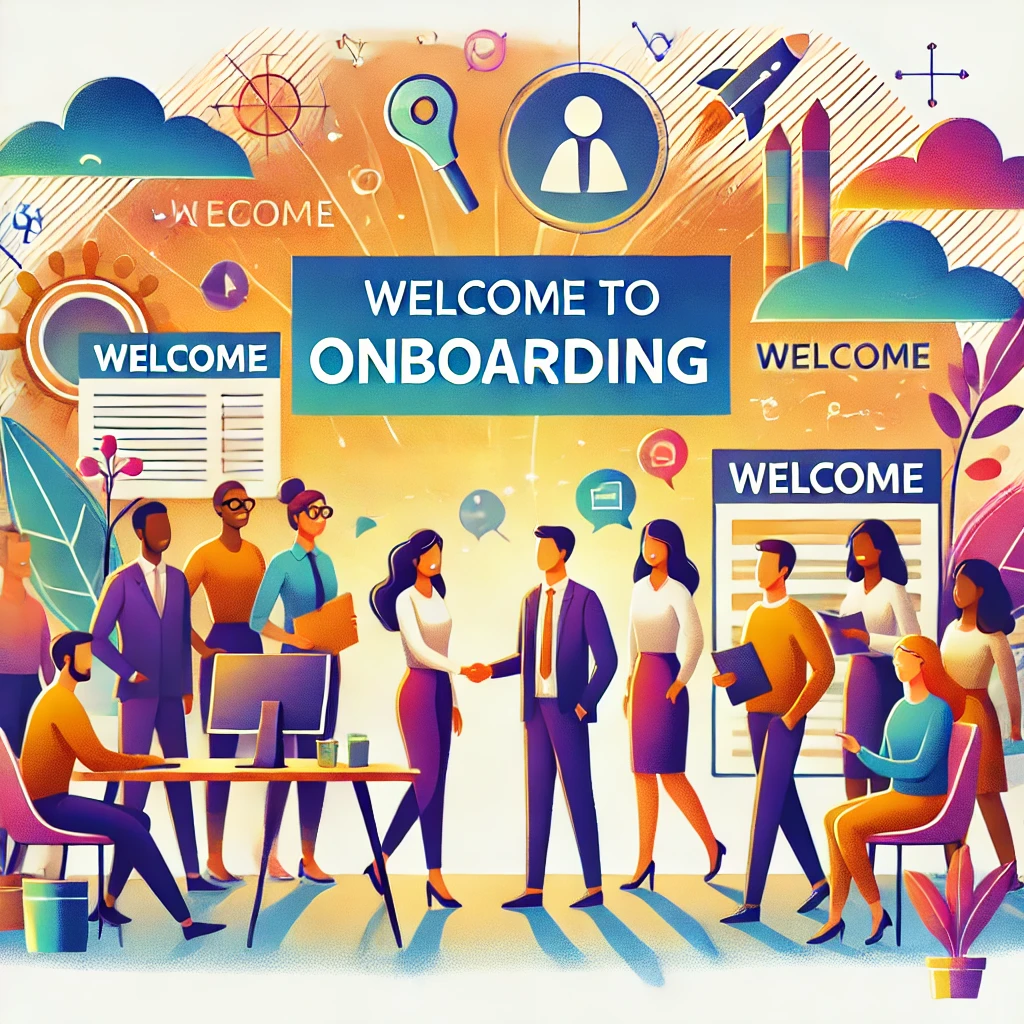Developing Comprehensive Employee Onboarding Programs
by Testola Team
- Jan 03, 2025
- 8 min read

Developing Comprehensive Employee Onboarding Programs
Effective employee onboarding is more than just a formal introduction to the workplace. It’s a strategic process that lays the foundation for a new hire’s success, engagement, and long-term retention. A well-structured onboarding program ensures employees feel welcomed, equipped, and aligned with the company’s mission from day one. Let’s explore the key elements of crafting a comprehensive onboarding program that fosters both productivity and belonging.
1. Define Clear Objectives for Onboarding
Begin by defining the primary goals you aim to accomplish with your onboarding program. Is it to integrate employees into the company culture, accelerate their productivity, or ensure compliance with organizational policies? Establishing clear goals will help you create a program tailored to the unique needs of your business and workforce.
2. Provide a Warm Welcome
First impressions matter. Create a welcoming experience that makes new hires feel valued and included. This can include sending a personalized welcome email, preparing their workspace, and providing a welcome kit with branded items and essential tools. A thoughtful gesture at the start can set a positive tone for their journey.
3. Deliver a Structured Orientation
Orientation is the cornerstone of onboarding. Use this time to introduce new hires to your company’s history, mission, values, and vision. Provide an overview of organizational policies, benefits, and processes. Use engaging presentations, videos, or interactive sessions to make the orientation memorable and impactful.
4. Assign a Dedicated Mentor or Buddy
Pairing new hires with a mentor or buddy can help them easily navigate their new role and workplace. A mentor provides guidance on job responsibilities, while a buddy offers social support, answering informal questions about the workplace culture. This fosters connections and accelerates their adjustment period.
5. Outline Clear Role Expectations
Ambiguity in job roles can lead to confusion and disengagement. Provide a clear job description, set expectations, and outline key performance indicators (KPIs) early on. This helps employees understand their responsibilities and the metrics by which their success will be measured.
6. Customize Training Programs
Every role and individual is unique. Customize training sessions to address the specific skills and knowledge required for the job. Include hands-on activities, e-learning modules, and shadowing opportunities to ensure a well-rounded learning experience. Continuous learning fosters growth and confidence in new hires.
7. Incorporate Company Culture
Onboarding is the perfect opportunity to embed company culture into the employee experience. Organize team-building activities, encourage participation in company events, and share stories that reflect your organizational values. This helps foster a deeper sense of belonging and alignment between employees and the organisation.
8. Maintain Consistent Communication
Keep lines of communication open throughout the onboarding process. Regular check-ins with managers and HR ensure employees feel supported and can voice concerns. Use surveys and feedback forms to gather insights and refine your onboarding program over time.
9. Set a 30-60-90 Day Plan
Develop a phased onboarding plan that outlines goals and milestones for the first 30, 60, and 90 days. This structured approach helps employees transition smoothly, measure their progress, and build confidence in their roles.
10. Evaluate and Improve Continuously
Onboarding is an ongoing journey that evolves to meet the needs of both employees and the organization. Evaluate the effectiveness of your program by collecting feedback from new hires and their managers. Identify areas for improvement and adapt your approach to meet changing business and employee needs.
Final Thoughts
A comprehensive onboarding program is an investment in your organization’s success. By creating a positive and structured experience, you empower new hires to hit the ground running and contribute meaningfully to your team. Remember, onboarding is not just about filling out forms—it’s about building relationships, fostering engagement, and setting the stage for long-term growth.
Ready to transform your onboarding process? Start implementing these strategies today and watch your new hires thrive in their roles!